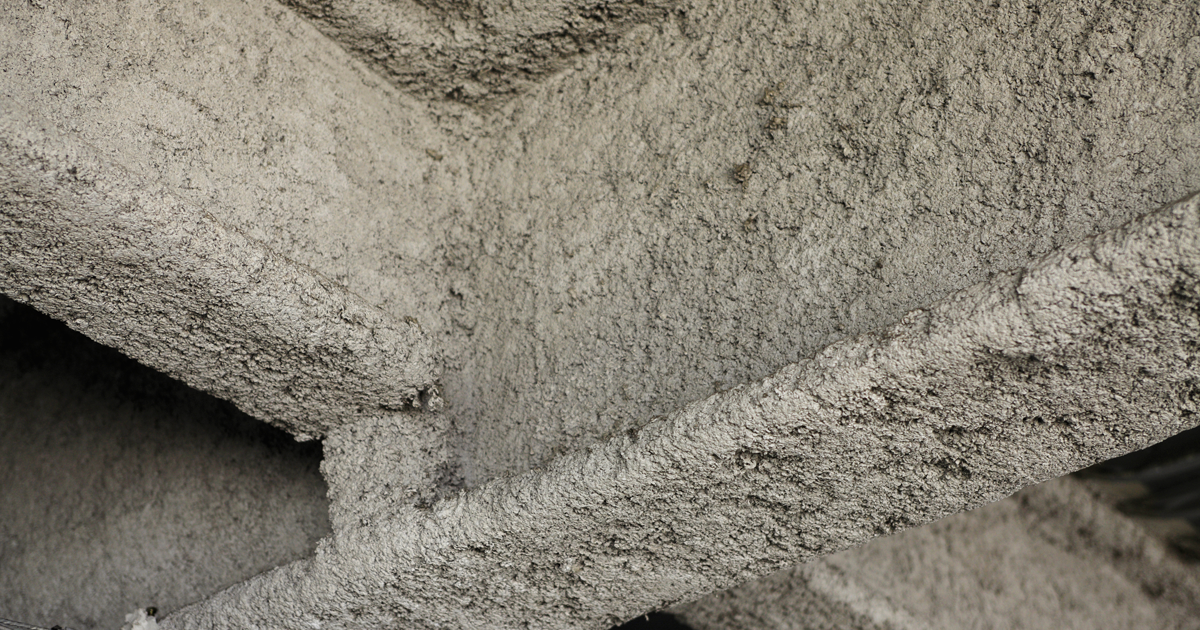
Imagine tearing the drywall off as your contracting company prepares to remodel an old building. When you remove the crumbling wall you uncover the aged insulation installed many years ago. You think little of it, and proceed to rip out the insulation as well as tear of chunks of drywall. However, unbeknownst to you, the insulation is asbestos. As you yank it out of the wall and toss it over your shoulder, tiny, microscopic shards of the material are being strewn about. As you breathe, these shards are sucked down your windpipe and coat your lungs in a toxic layer. Now, imagine you rip out the insulation of every remodel project your company does. Over time, your encounters with asbestos could kill you. Workers who are exposed to asbestos can develop diseases such as lung cancer, asbestosis, and mesothelioma. Although asbestos use has been banned in many instances, it is still used and poses a viable threat to a variety of workers.
What is asbestos?
Asbestos is the term used to describe six fibrous minerals that are found in nature. These minerals are very unique, and have many useful applications such as making materials fire-proof, insulating buildings, and textile production. The six minerals that constitute asbestos are highly durable, flexible, and are resistant to heat and chemical damage as well as electrical shock.
Where can I be exposed to asbestos?
There are a variety of occupations in which employees risk exposure to asbestos. Due to the many applications of asbestos, there are many jobs that may encounter it. These jobs include electricians, fire-fighters, building contractors, and ship-yard workers, among many others. Asbestos is also found in many products, and that is why it effects so many occupations. Asbestos is found in certain paints, insulation, ceiling tiles, and plastics. Surprisingly, asbestos is used in textile production. Due to the durability of asbestos, and its fire-proofing applications, it is used to make protective clothing such as fire-proof jackets and pants. This is where firefighters, factory workers, and other jobs that require protective clothing can be exposed.
How can I limit exposure to asbestos?
“Limiting” exposure to asbestos is not good enough. Workers do not need to be exposed to asbestos over long periods of time. Contrarily, asbestos can have dangerous consequences after only a few days of exposure. OSHA has compiled an extensive list of standards that employers must follow to protect their employees. Employers are required to administer controls to eliminate the dangers of asbestos exposure. For example, personal respirators can filter the asbestos shards out of the air when worn by workers on the job sit. Additionally, employers are responsible for medically monitoring their employees when they are exposed to asbestos.
Asbestos in your home?
Asbestos is most common in homes built prior to 1980. If your home was built before the 1980’s then it is likely that it was built with some products consisting of asbestos. These products could be insulation, a protective coat of asbestos around piping, stove-top pads, vinyl tiles, and textured paint. Although asbestos use is more regulated than in the past, it is still present in many homes and in areas with old infrastructure.
Employers have the responsibility of protecting their workers. Asbestos poses a very real threat to many different occupations. Employees: If you are worried that your occupation places you at risk, do not stay quiet. Be vocal about your concerns, and demand that you be protected from asbestos. Employers: do not send your workers into conditions that you would not work in yourself. Be aware of the dangers they face, and do the best you can to keep them safe.




